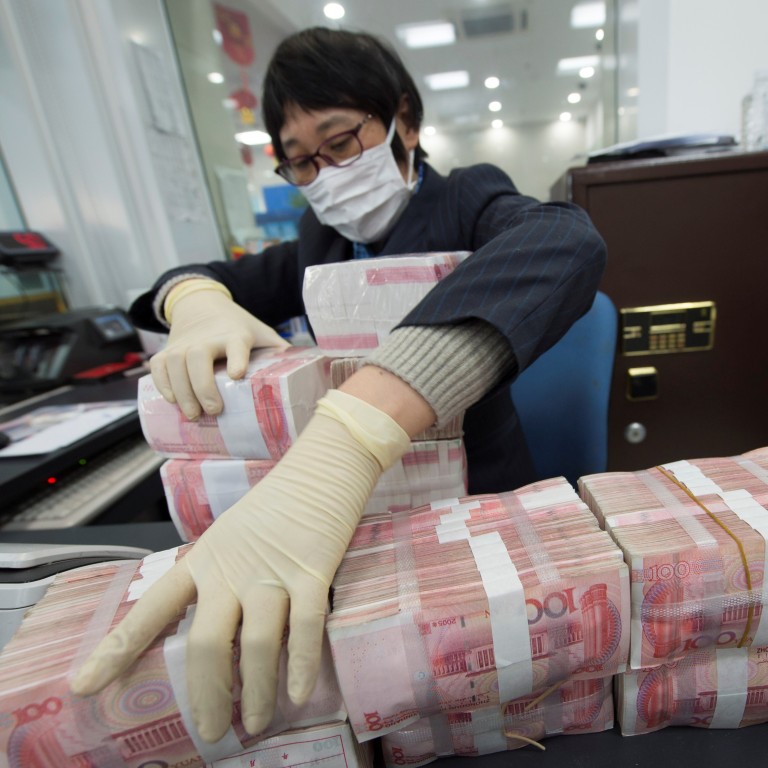
China keeps benchmark loan rate unchanged despite coronavirus
- The one-year loan prime rate (LPR) was left unchanged at 4.05 per cent, while the five-year LPR remained at 4.75 per cent
- Almost 72 per cent of respondents to a Reuters survey had expected a reduction in the LPR to aid the coronavirus-hit economy
China kept its benchmark lending rate steady on Friday, defying expectations for a reduction to ease borrowing costs in an economy jolted by widespread disruptions to businesses from the coronavirus pandemic.
The one-year loan prime rate (LPR) was left unchanged at 4.05 per cent from the previous monthly fixing, while the five-year LPR remained at 4.75 per cent.
A total of 40 respondents, or 71.4 per cent of all participants, in a Reuters survey had expected a reduction in the LPR, with 36 predicting either a five basis point or 10 basis point cut in the one-year rate and no change to the five-year rate.
Much larger cuts by central banks elsewhere, most notably the US Fed, have received a muted reception
However, the PBOC left the borrowing cost on its one-year MLF loans unchanged on Monday, despite the US Federal Reserve slashing interest rates to near zero to counteract the economic shock from the coronavirus outbreak.
“Much larger cuts by central banks elsewhere, most notably the US Fed, have received a muted reception. But the PBOC has an unusually wide range of tools at its disposal, and the scale of monetary easing in China has been more substantial than the modest decline in policy rates alone suggest.”
Purchase the China AI Report 2020 brought to you by SCMP Research and enjoy a 20% discount (original price US$400). This 60-page all new intelligence report gives you first-hand insights and analysis into the latest industry developments and intelligence about China AI. Get exclusive access to our webinars for continuous learning, and interact with China AI executives in live Q&A. Offer valid until 31 March 2020.

